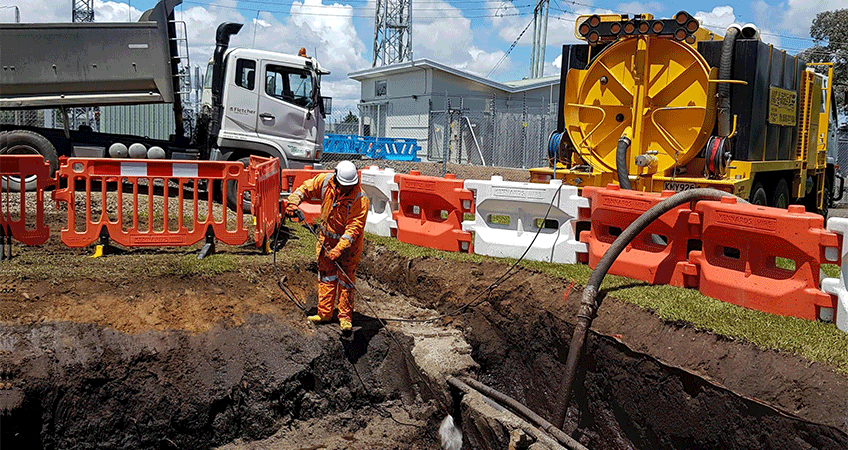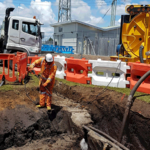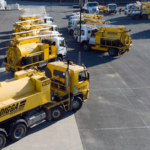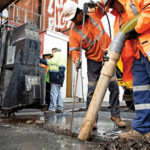What Is Non-Destructive Digging?
You’ve most likely seen hydro excavation or hydro digging work occur or perhaps even organised this, but do you know the difference between each method and terminology used?
Hydro excavation refers to the practice of digging a hole or trench, typically in a construction environment. The practice is one of the fundamental activities seen on construction and building sites across the world. Soil excavation can be conducted by a variety of methods, where traditional excavation plant and hand-held tools are used to excavate sites or dig down. A popular modern method of excavation is non-destructive hydro digging, which significantly mitigates service strike risk. But what exactly is non-destructive digging?
What Is Non-Destructive Hydro Digging?
Non-destructive digging (NDD) refers to a range of excavation methods that implore the use of pressurised air or water (hyrdo blasting) to break apart soil and dig down to a utility without the risk of striking or damaging the utility, with the added use of a vacuum suction to collect and store excavated material for disposal or reuse.
The term is generally used in reference to excavation using water or air excavation, and vacuum. Non-destructive digging is widely accepted as the safest way to complete trenching excavation, as modern vacuum excavation equipment is a relatively fast, effective and affordable excavation alternative which, importantly, significantly mitigates the risk of damage to subsurface utilities and infrastructure.
Who Uses Non-Destructive Hydro Digging?
Non-destructive digging, in combination with utility locating services, are used across the world to efficiently dig down and expose utilities for pipe excavation with a reduced risk of damage compared to traditional excavation methods. Non-destructive digging methods involves a vacuum truck, sucker truck, jet vac truck, or hydrovac truck, which is fitted with a vacuum tank and depending on the truck type, fitted with jetting systems.
Over the years, we have been contracted by councils, mining companies, Government transport agencies, telecommunication companies, and others for various civil construction projects to undertake extensive non-destructive digging work in an effort to identify, expose and help repair damaged subsurface utilities (e.g. electricity, gas, communications, and water), to get public services like water supply, gas and internet back online after a natural disaster.
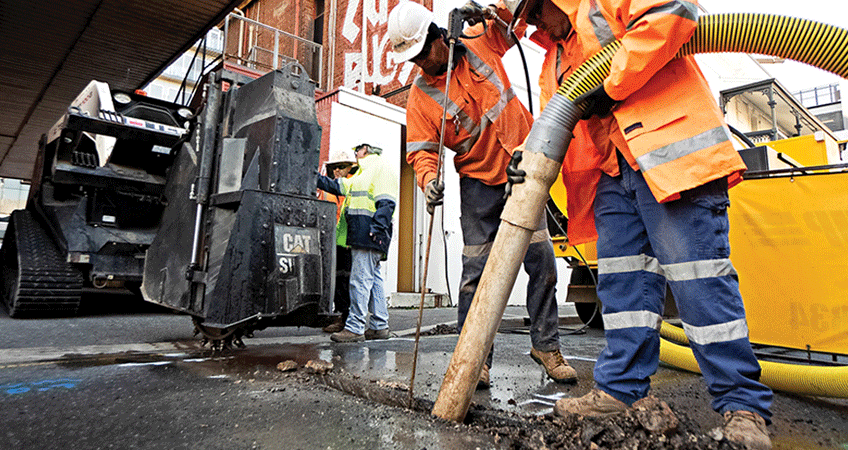
What Is Vacuum Excavation?
Vacuum excavation typically refers to hydro excavation (using water and vacuum). While vacuum sucker trucks are used in vacuum excavation they are also used in waste management and dirt removal projects to collect sewage and other waste to be transported and processed off-site. As such, vacuum excavation generally refers to excavation activities that use a vacuum suction mechanism (the core feature of a vacuum excavation truck) to suck up and collect excavated material, where pressurised water is used to break apart the soil that the vacuum then collects.
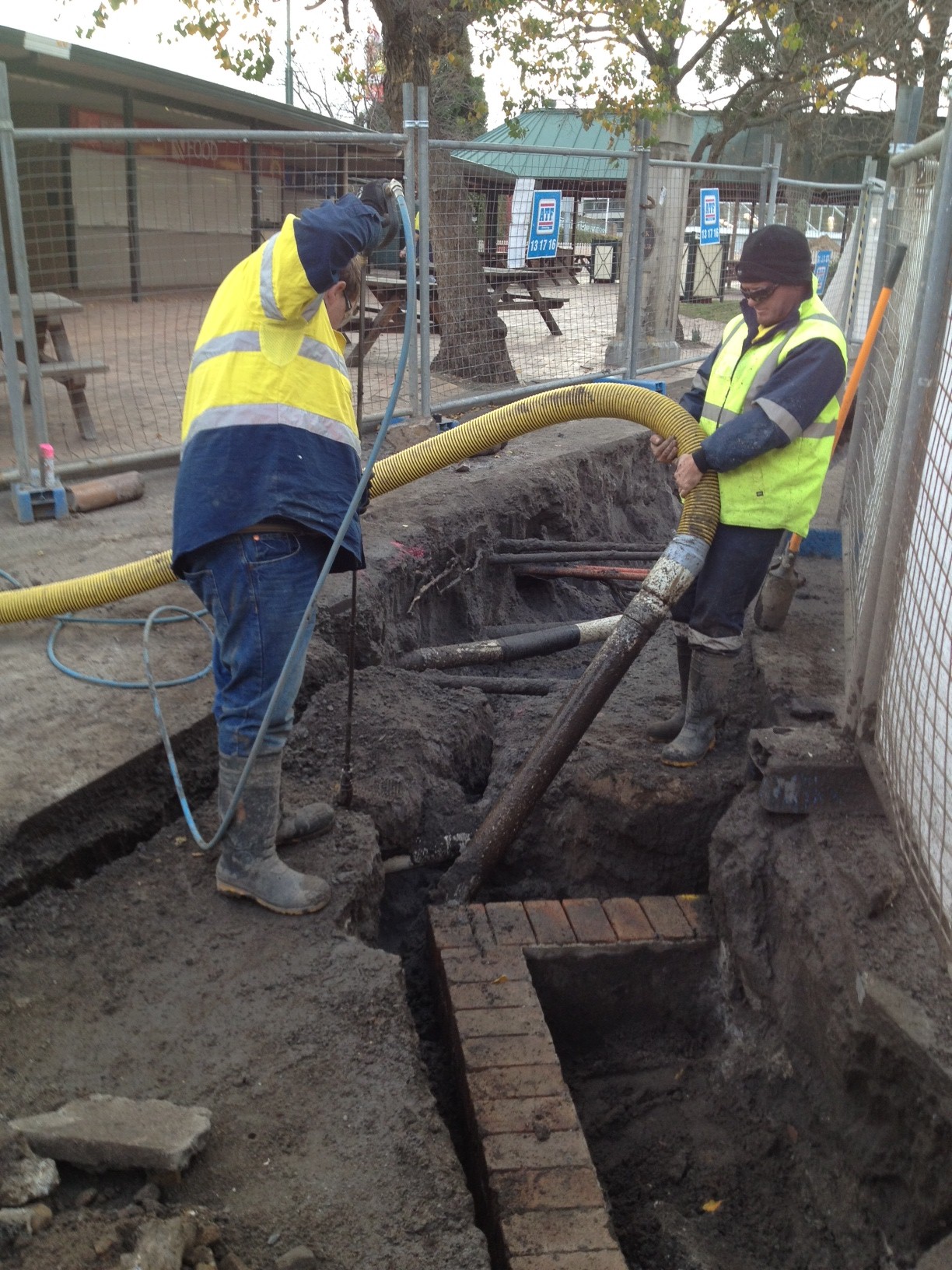
Get started with Hydro Excavation today!
We offer leading hydro excavation services that residents of Central Otago, Christchurch, Wellington, Hawkes Bay, Hamilton, Auckland count on, with services available 24 hours a day, 7 days a week. If you need hydro excavation equipment, assistance, or slot trenching services – contact our dedicated, friendly and professional staff today. We’ll tailor a plan to suit your needs and ensure your hydro excavation project is completed as safely, efficiently, and effectively as possible!

